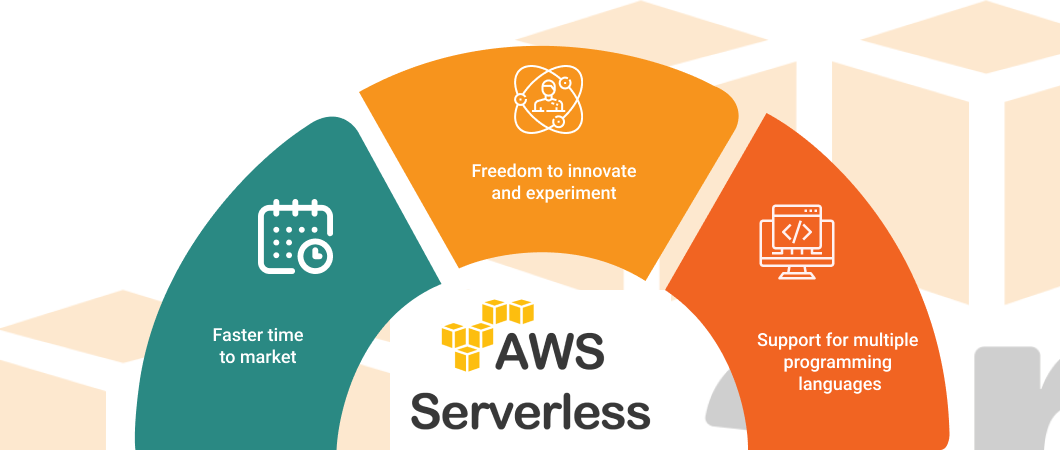The past decade has seen a string of explosive advancements in software. Innovation in software development tools, approaches, practices, and processes became rife as businesses started relying on high-end technology systems to be their key revenue channel rather than using technology as a supporting service.
Soon enough, the need for constant evolution brought about the massive adoption of cloud computing in the practice of software development too. Amazon, Microsoft, IBM, Google, and several other major names drove a paradigm shift in the way we created software. They made every major environment required for software development available as a service on their cloud offering, to be subscribed to and used on-demand.
The cloud used to be seen as a very cost-effective and powerful alternative to internal data centers and their supporting infrastructure. Today cloud computing has transitioned into offering virtually any critical business technology as a service from storage to computing power to platforms and AI libraries.
This allows software businesses to focus on delivering just the end experience to their customers while all core processing and other functions for the product offering are handled on the cloud. This concept is being called serverless computing. The software product development teams only need to plug in and use the several ready-made functions and processing platforms available on cloud offerings from leading vendors rather than having to build their own server-side capabilities from scratch.
Serverless computing or Function as a Service ( FaaS) is projected to have a market size of USD 7.2 Billion worldwide by 2021 from just 1.8 Billion in 2016.
With more than 31% of the global cloud computing market share as per the most recent reports, Amazon Web Services or AWS is a key player in any cloud-linked evolution and this is true of the serverless space too. AWS Lambda is their footprint in serverless computing. Lambda allows software businesses to easily launch their digital platforms on the AWS cloud with minimal or no backend development required. Nearly half of the customers who have their infrastructure on AWS have tried their hand at AWS Lambda as well according to surveys.
AWS Lambda is probably the most mature serverless cloud computing service available for businesses today. So, what makes serverless computing in AWS so exciting?
In addition to the already popular advantages of AWS cloud on the scalability, performance, and availability front, here are the top 3 advantages you get with the serverless service:
Faster time to market
Let’s look at an example of a department store chain that wants to roll out a digital kiosk to guide shoppers within the store and provide them with recommendations. Keeping hardware costs aside, they would need to build specific programs for the sensors in the store to identify the proximity of shoppers, create another for identifying personalization themes such as info on demographics or the weather outside to suggest items and finally create a program to pick products from your store inventory.
Bring in AWS Lambda and one could use the already available functions from their large collection of ready-made components such as facial recognition, movement detection, real-time weather analytics, and much more. The company only needs to set up a front-end store catalog and nearly all personalization and customization needed for the digital kiosk can be availed through AWS Lambda as services.
This allows the business to roll out innovative features faster into the market owing to the lower development effort needed.
Suggested Read: Why AWS Serverless Is The Future Of Cost-Effective Software Development
Freedom to innovate and experiment
Taking the same example as above, Even a single technology specialist in the business can use the ready-made functions from AWS Lambda. Even with such limited resources, it may be possible to build intelligent recommendation engines or a fully working prototype and run a trial in one or two stores or in select locations to gauge feedback and improve it. Even if the concept did not do well, there would not be a large R&D cost to bear as would have been incurred if everything was built from scratch with a large software team.
Hence AWS serverless computing allows software-driven businesses to validate the feasibility of new business features without having to invest heavily to build a scalable business platform from scratch.
Support for multiple programming languages
AWS Lambda allows you to write code in Java, Python, and NodeJS with extensive API support for each language. This offers the flexibility to build digital applications with some of the most powerful programming languages today. Software architects can design the serverless architecture without worrying about language support and they can request their AWS provider to provision specific configurations if the architecture has limitations to perform well in standard configurations of the AWS cloud instance.
Building a new digital business with AWS Lambda as the serverless cloud infrastructure is a promising proposition. By leveraging Amazon’s vast expertise in managing high-end workloads on their cloud successfully and utilizing the vast array of ready-made functions available on-demand as a service, businesses can cut short the timeline for launching their digital channels and achieve the pace and agility required today. That’s not all in the AWS Serverless story – but that would take more than 5 minutes so stay tuned for more later!



